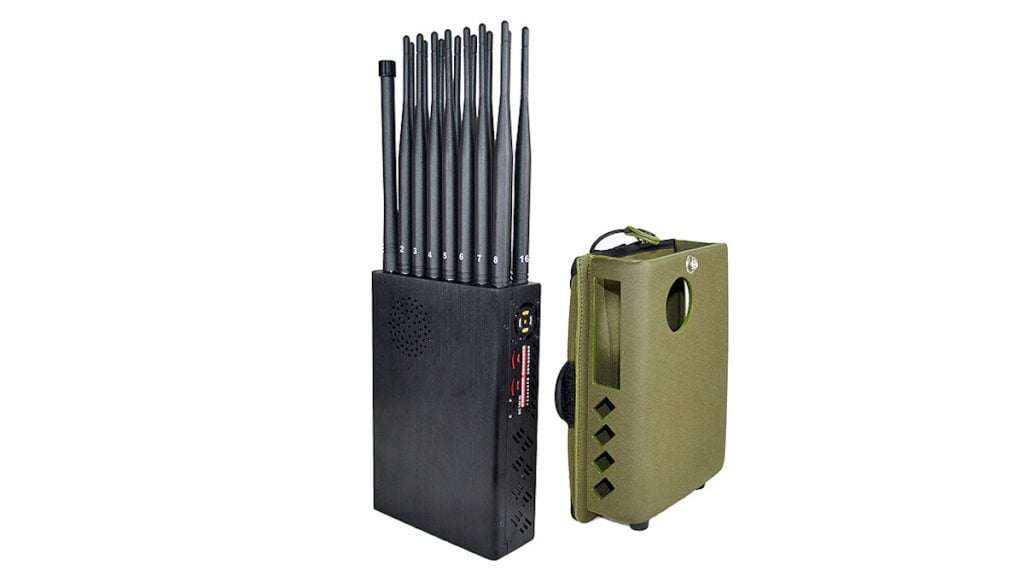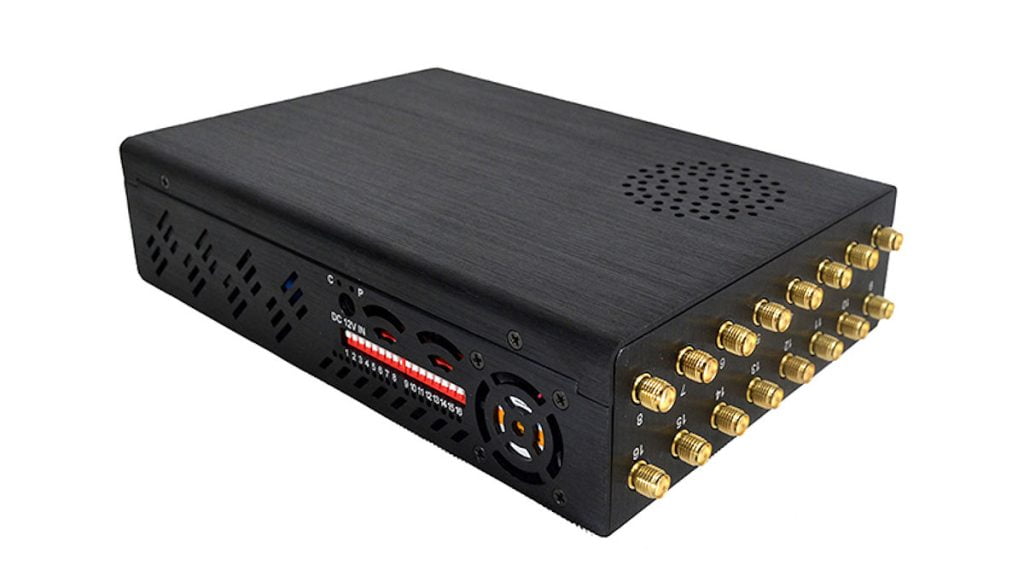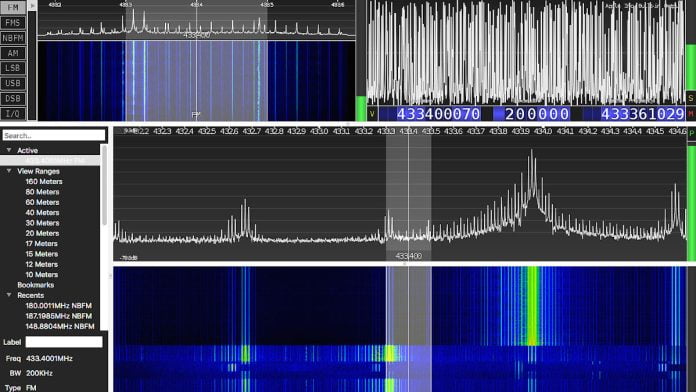Wireless Alarm Sensor Jammers – What’s The Risk?
Wireless Alarm Sensor Jammers – Is there a risk for wireless security products from 433MHz jammers that stop sensors from communicating with the alarm panel and signalling an alarm event during a security breach? What’s the best way to protect against the risk?
A: For readers who don’t know, a wireless jammer is a device that transmits an interference signal that’s stronger than the signals used by devices sharing a band of radio frequency from communicating – it drowns them out.
We’d say there’s a risk posed by the proliferation of 315MHz, 433MHz and 868MHz jammers, but these low GHz frequency jamming devices are not the only threat security installers should be thinking about.
There are 4G jammers, Wi-Fi jammers and Bluetooth jammers that can knock any device communicating on those frequencies completely out of a system. These days that covers a lot of ground, from integrated cameras, to hub-router links, hub-4G uplinks, hub-smart device links, video doorbells and more.
Such devices are illegal to buy, sell and operate in ANZ on the one hand and might have legitimate use in high security government applications, such as military installations, on the other.

For alarm systems, the best defence will include incorporating a hardwired zone, using full hardwire, incorporating an unexpected external zone, including video verification with VCA-based intrusion detection operating on blue-cable, selecting an end-to-end proprietary wireless format, using spread spectrum sensors at the perimeter, overlapping detection zones with other sensors sited at longer ranges and more.
Sites like hospital use building materials to block wireless signals to ensure delicate equipment is not impacted by mobile phones and other wireless transmitters.
Wireless Alarm Sensor Jammers
Common 433MHz wireless protocols used by consumer devices like intercoms, garage door remotes, DIY alarm systems and more, will be susceptible to local jamming. Typical jammers are low power (under 2W) and have a diameter of around 10 metres – 20 metres is quite high powered for a hand-held jammer. An intruder would need to get right up to a site to impact on security system signals – depending on wall construction and internal reflectance, they could not guarantee jam performance.
That said, an intruder carrying a jammer could theoretically access a rear door and then move through a site within a bubble of wireless ‘silence’. Having said this, we’ve never tried it, and security manufacturers are likely to include tricks that allow resistance to such tactics, including frequency hopping and jamming detection.
The only way you can be certain your system was immune to targeted wireless interference from jammers would be to buy jamming devices and to walk test your site from the point of view of an intruder – but as you can see in the link below, jammers are banned in ANZ.
You can find out more about the rules around wireless jamming here or read more SEN news here.
“Wireless Alarm Sensor Jammers – What’s The Risk?”









